1,991cc SOHC Straight 8-Cylinder Engine 2 Solex Carburetors 4-Speed Manual Transmission Solid Axles with Leaf Springs Front and Rear 4-Wheel Cable Operated Drum Brakes *The first example of the legendary Type 35 *Driven by Ettore Bugatti himself *Well understood history of careful ownership *1983 Pebble Beach Concours Best in Class *Engine rebuild by High Mountain Classics The Bugatti Type 35 Ettore Bugatti's ambition to have his automobiles become major racing competitors culminated in the entry of a team of five cars designated the Type 35 in the 1924 Grand Prix of the Automobile Club de France. The success of Bugatti's earlier 4-cylinder models including the Type 13 and Brescia in competition and the resulting market for high performance sports cars and sedans provided the means for the considerable investment in effort and finance that led to the Type 35. 1922 and 1923 had seen Bugatti stage a major assault on the Grand Prix championship, but by 1924 it was time for something quite different. Drawing on years of experience and the disappointments suffered with the innovative but ultimately unsuccessful Type 32 "Tank", Bugatti drew up a refined, lightweight, streamlined two-seater with a five-bearing eight cylinder crankcase split horizontally along the crankshaft center, roller bearing connecting rod big ends. The chassis was derived from the Brescia with C-section rails, live axles, friction shock dampers and quarter-elliptical leaf springs at the extreme ends of the frame. Bugatti completely redesigned and refined the Type 35's four-wheel cable-operated drum brakes including the model's trademark aluminum spoke wheels with integral brake drums. Made in Bugatti's foundry, they were light, effective and acted as heat sinks for brake heat, vastly enhancing the effectiveness and durability of the brakes. Another Type 35 innovation is its lightweight front axle. Meticulously forged and hollow-drilled, with integral spring sockets, after drilling the Molsheim craftsmen bent it into a slightly dropped form in the process of re-forging the ends closed and shaping them. Extremely finely engineered, the Type 35 was crowned by a body of Bugatti's own design that is the epitome of form, function and beauty in its period. It looks like what it is, a racing car conceived by an instinctive, intuitive talent and executed to the highest standards of fit and finish under his demanding personal attention. A six-car team was entered at the 1924 Grand Prix of the ACF held on an open road circuit of 23km length near Lyon over a distance of 800km (500 miles). Five cars were entered, to be driven by Jean Chassagne, Pierre de Viscaya, Leonico Garnier, Ernest Friderich and Bartolomeo Costantini, with the sixth in reserve as well as being put to good use by Ettore Bugatti for personal transportation, his use documented in several period photos. The new Type 35s were extremely well-received with glowing descriptions by the press and onlookers. The race, however, came to an unfortunate and early end for Bugatti, due to tire failure of nearly every Type 35 entered. The Type 35's performance improved at the Spanish Grand Prix at San Sebastian where Meo Costantini, despite a cracked radiator overflow fitting that necessitated frequent stops for more coolant late in the race, finished second after leading eventual winner Segrave's Sunbeam. By December 1924 Bugatti had built a total of 16 Type 35s. Bugatti's discriminating customers quickly caught on, and the Type 35 proved to be a great commercial success with a cumulative total of some 211 built over the next nine years. Other Bugattis based on the Type 35 followed, sharing many of its features, including the supercharged Type 35C and the four-cylinder Type 37. The Motorcar Offered Only one Bugatti is at the root of the Type 35 tree. It is chassis 4323, the original prototype which accompanied Bugatti's five entrants to the 1924 Grand Prix of the ACF at Lyon. 4323 is unique not only in some of its cons
1,991cc SOHC Straight 8-Cylinder Engine 2 Solex Carburetors 4-Speed Manual Transmission Solid Axles with Leaf Springs Front and Rear 4-Wheel Cable Operated Drum Brakes *The first example of the legendary Type 35 *Driven by Ettore Bugatti himself *Well understood history of careful ownership *1983 Pebble Beach Concours Best in Class *Engine rebuild by High Mountain Classics The Bugatti Type 35 Ettore Bugatti's ambition to have his automobiles become major racing competitors culminated in the entry of a team of five cars designated the Type 35 in the 1924 Grand Prix of the Automobile Club de France. The success of Bugatti's earlier 4-cylinder models including the Type 13 and Brescia in competition and the resulting market for high performance sports cars and sedans provided the means for the considerable investment in effort and finance that led to the Type 35. 1922 and 1923 had seen Bugatti stage a major assault on the Grand Prix championship, but by 1924 it was time for something quite different. Drawing on years of experience and the disappointments suffered with the innovative but ultimately unsuccessful Type 32 "Tank", Bugatti drew up a refined, lightweight, streamlined two-seater with a five-bearing eight cylinder crankcase split horizontally along the crankshaft center, roller bearing connecting rod big ends. The chassis was derived from the Brescia with C-section rails, live axles, friction shock dampers and quarter-elliptical leaf springs at the extreme ends of the frame. Bugatti completely redesigned and refined the Type 35's four-wheel cable-operated drum brakes including the model's trademark aluminum spoke wheels with integral brake drums. Made in Bugatti's foundry, they were light, effective and acted as heat sinks for brake heat, vastly enhancing the effectiveness and durability of the brakes. Another Type 35 innovation is its lightweight front axle. Meticulously forged and hollow-drilled, with integral spring sockets, after drilling the Molsheim craftsmen bent it into a slightly dropped form in the process of re-forging the ends closed and shaping them. Extremely finely engineered, the Type 35 was crowned by a body of Bugatti's own design that is the epitome of form, function and beauty in its period. It looks like what it is, a racing car conceived by an instinctive, intuitive talent and executed to the highest standards of fit and finish under his demanding personal attention. A six-car team was entered at the 1924 Grand Prix of the ACF held on an open road circuit of 23km length near Lyon over a distance of 800km (500 miles). Five cars were entered, to be driven by Jean Chassagne, Pierre de Viscaya, Leonico Garnier, Ernest Friderich and Bartolomeo Costantini, with the sixth in reserve as well as being put to good use by Ettore Bugatti for personal transportation, his use documented in several period photos. The new Type 35s were extremely well-received with glowing descriptions by the press and onlookers. The race, however, came to an unfortunate and early end for Bugatti, due to tire failure of nearly every Type 35 entered. The Type 35's performance improved at the Spanish Grand Prix at San Sebastian where Meo Costantini, despite a cracked radiator overflow fitting that necessitated frequent stops for more coolant late in the race, finished second after leading eventual winner Segrave's Sunbeam. By December 1924 Bugatti had built a total of 16 Type 35s. Bugatti's discriminating customers quickly caught on, and the Type 35 proved to be a great commercial success with a cumulative total of some 211 built over the next nine years. Other Bugattis based on the Type 35 followed, sharing many of its features, including the supercharged Type 35C and the four-cylinder Type 37. The Motorcar Offered Only one Bugatti is at the root of the Type 35 tree. It is chassis 4323, the original prototype which accompanied Bugatti's five entrants to the 1924 Grand Prix of the ACF at Lyon. 4323 is unique not only in some of its cons
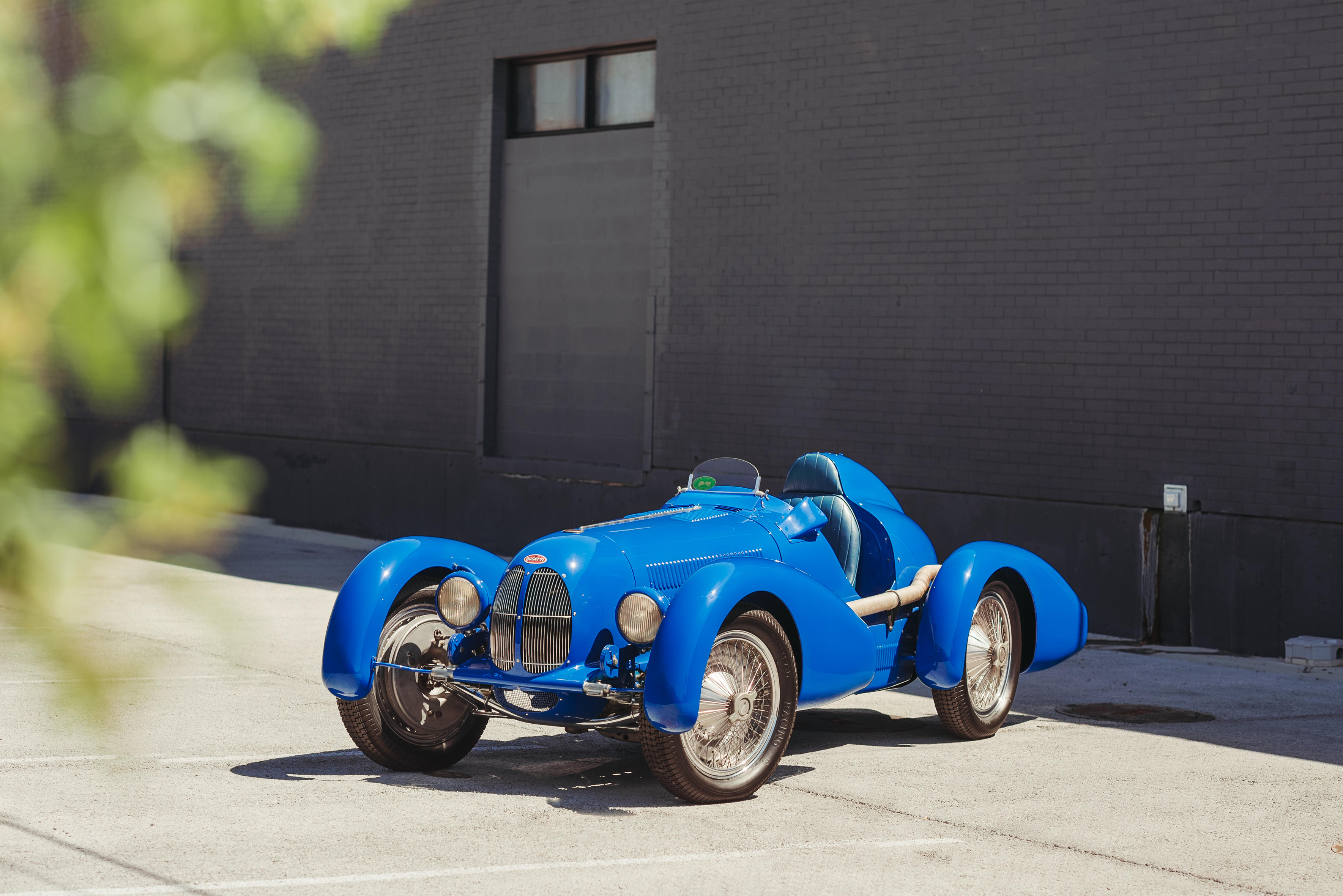

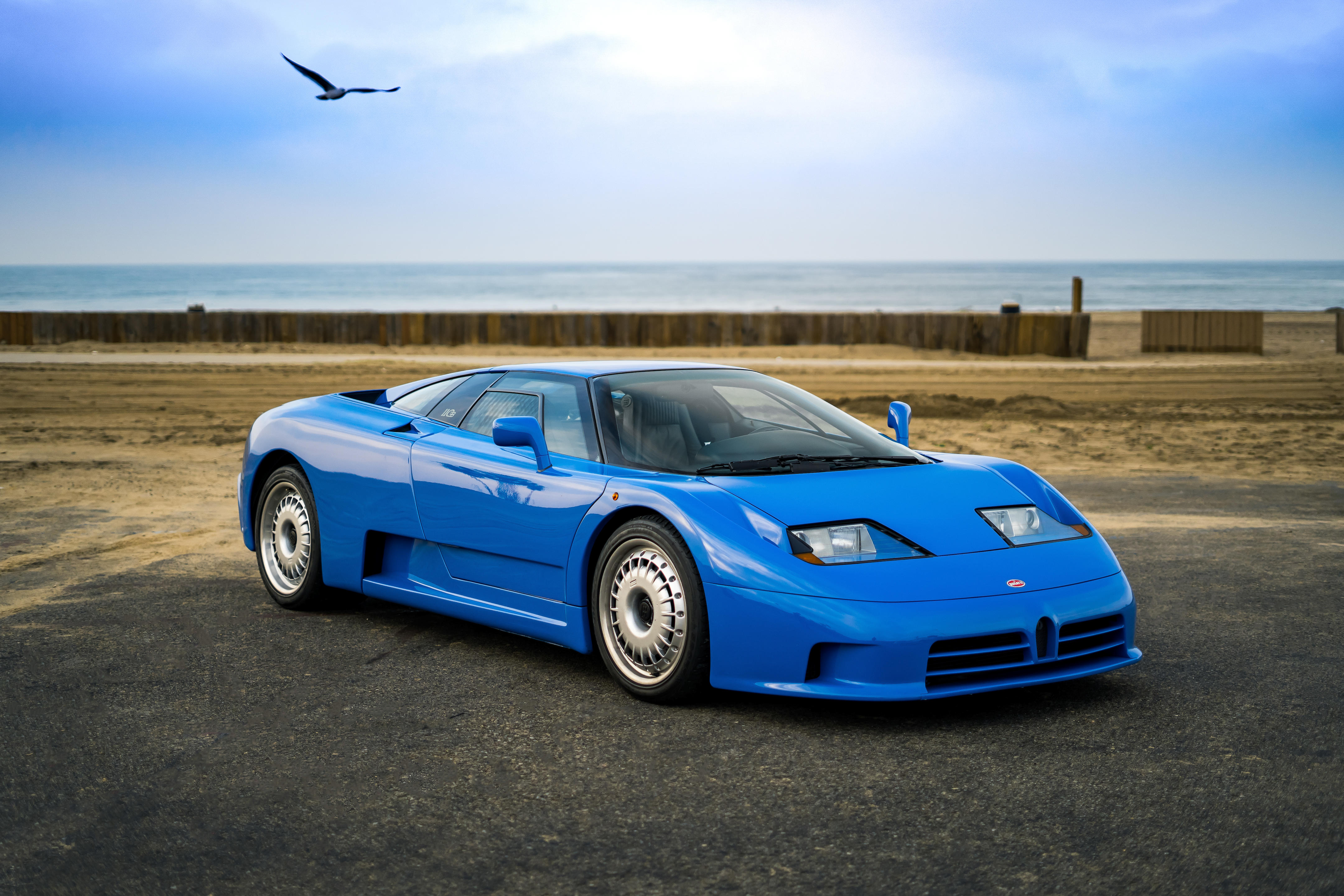
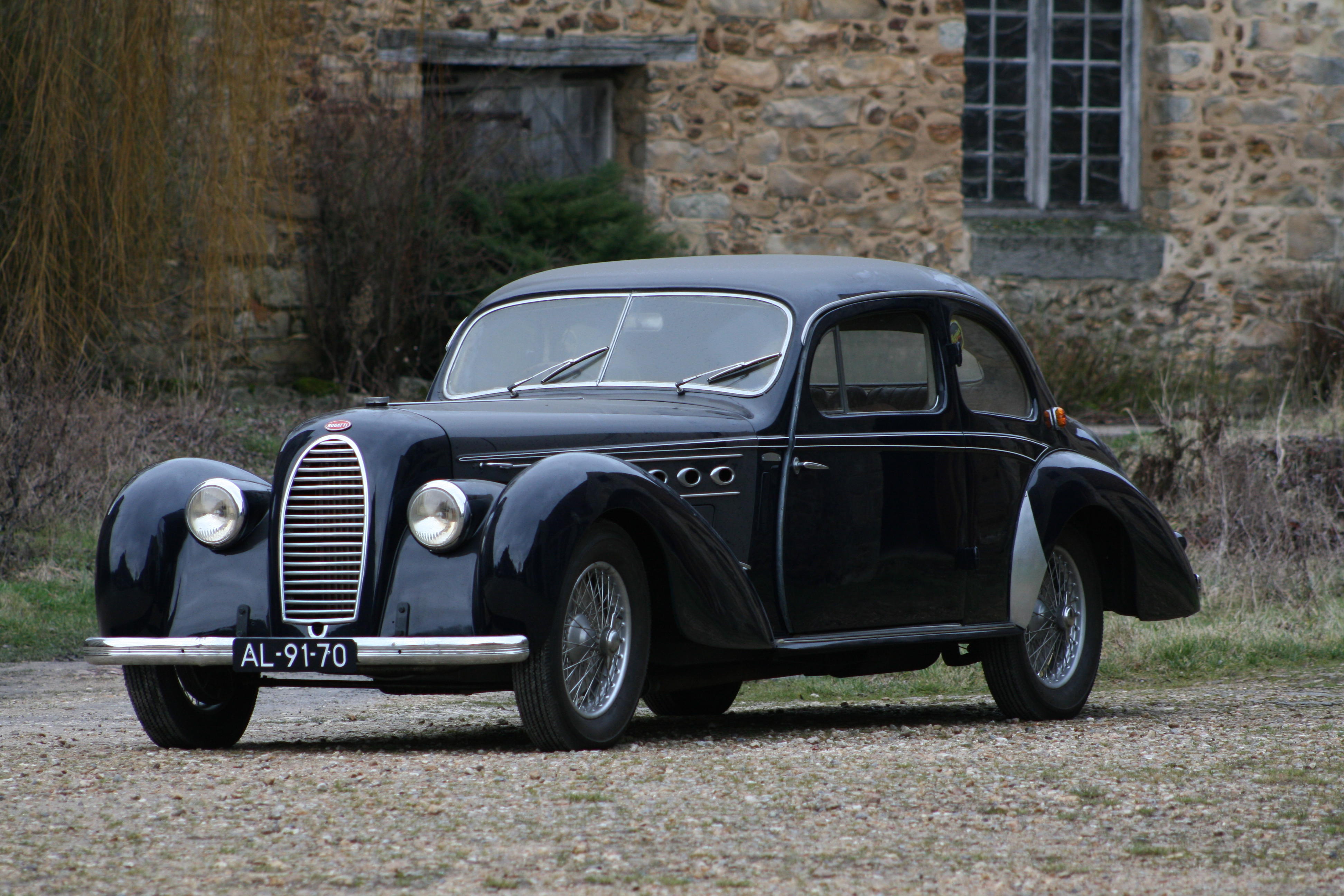




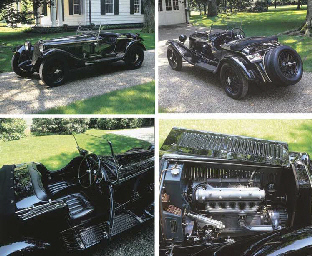
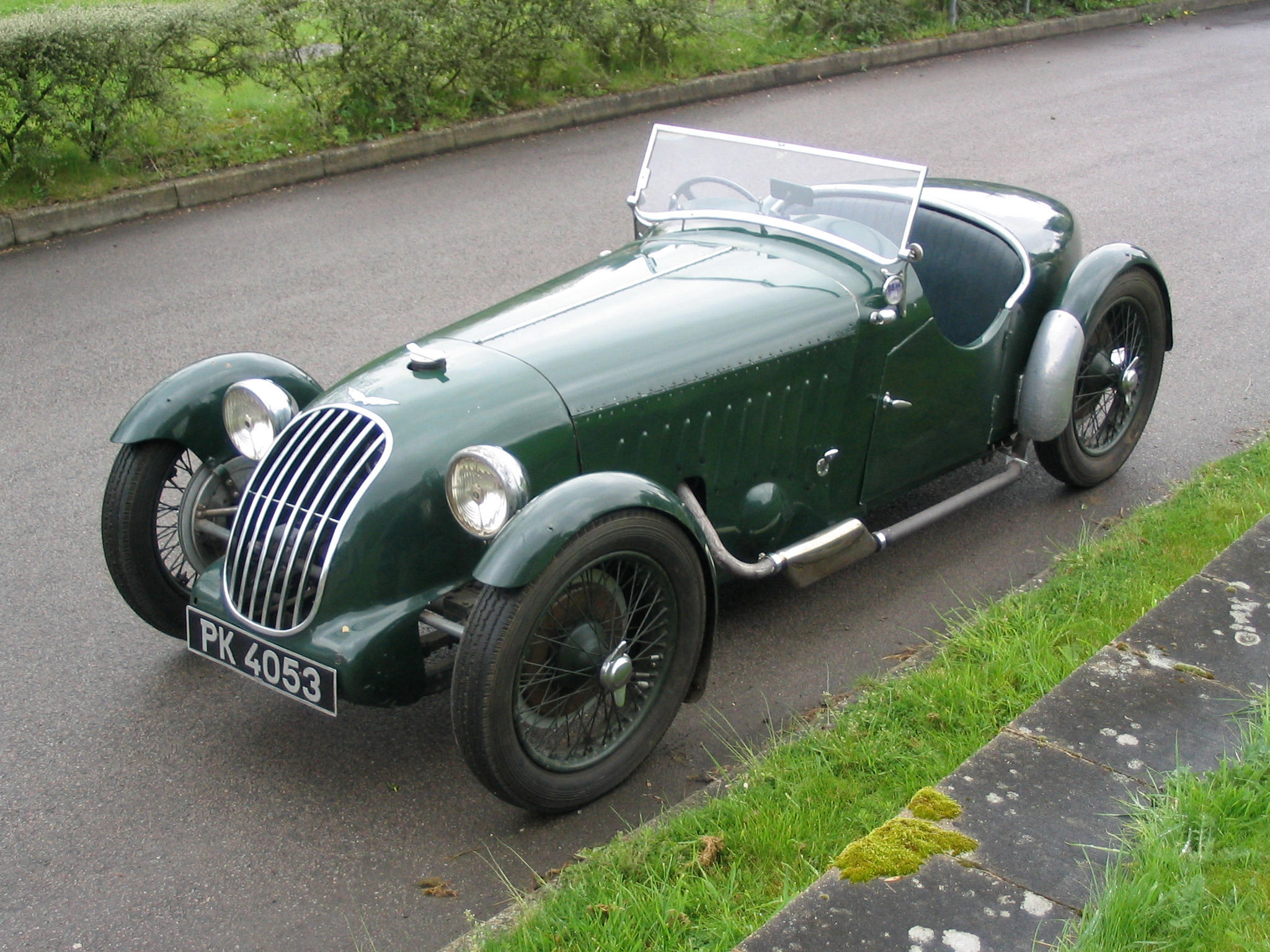

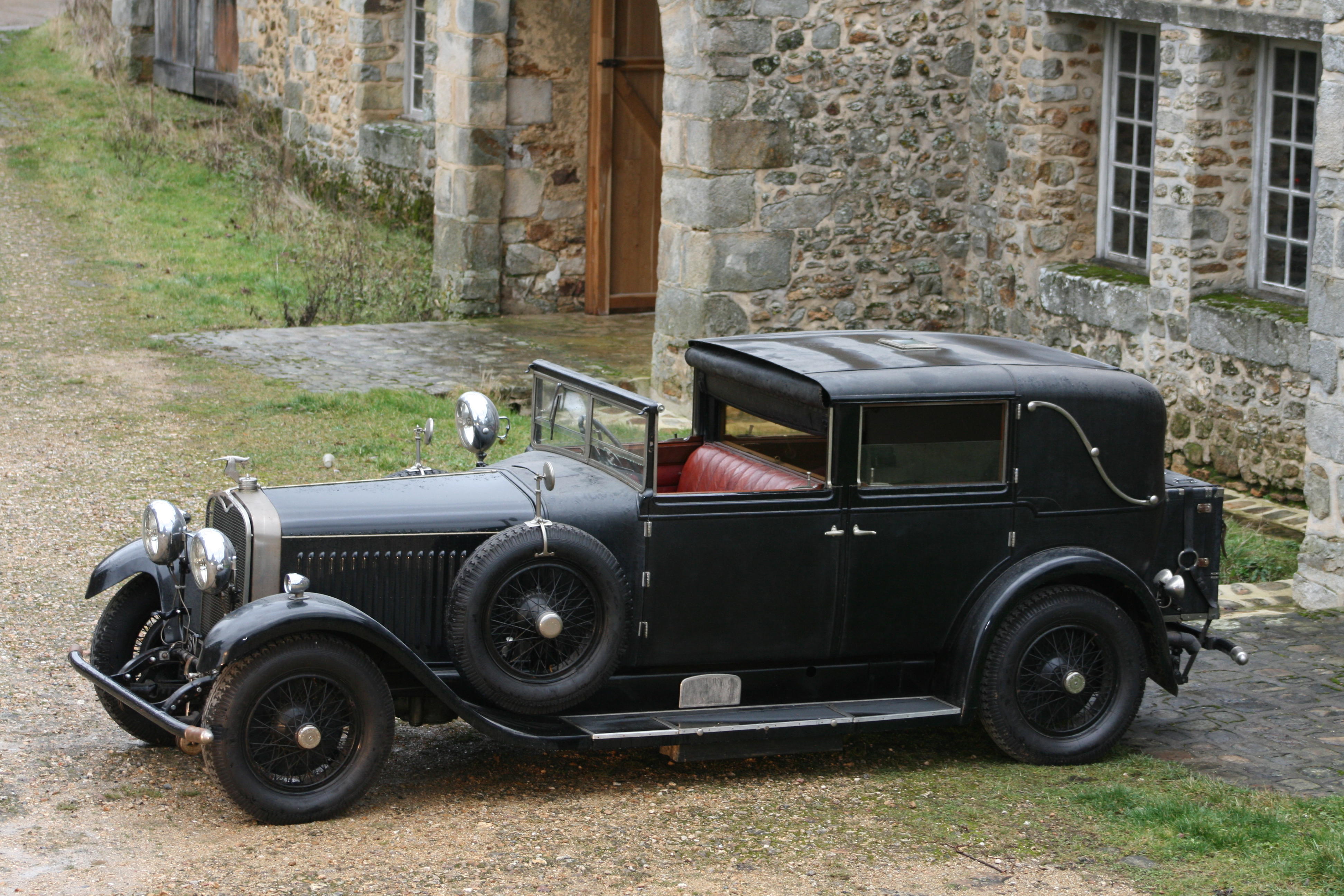

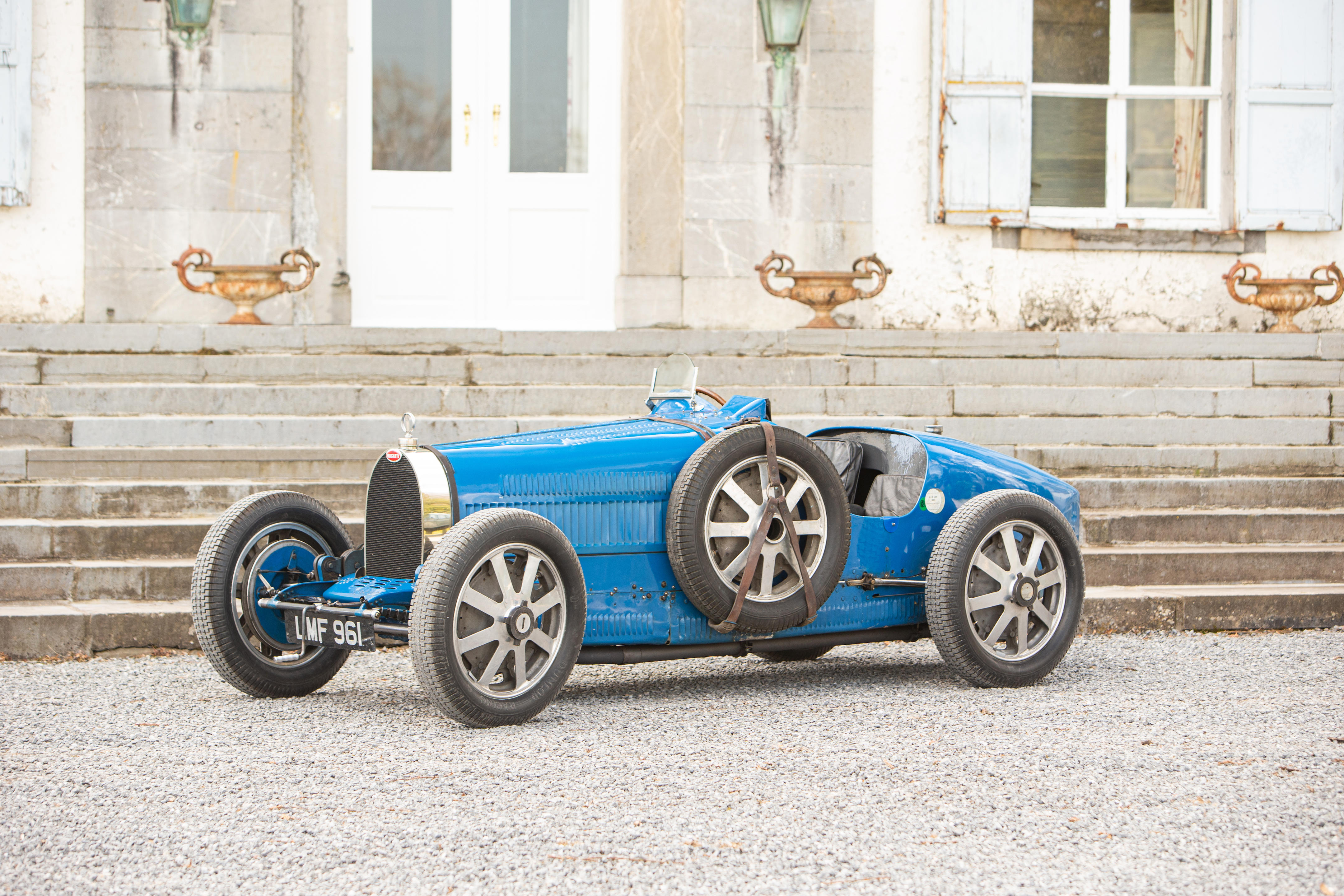

Try LotSearch and its premium features for 7 days - without any costs!
Be notified automatically about new items in upcoming auctions.
Create an alert